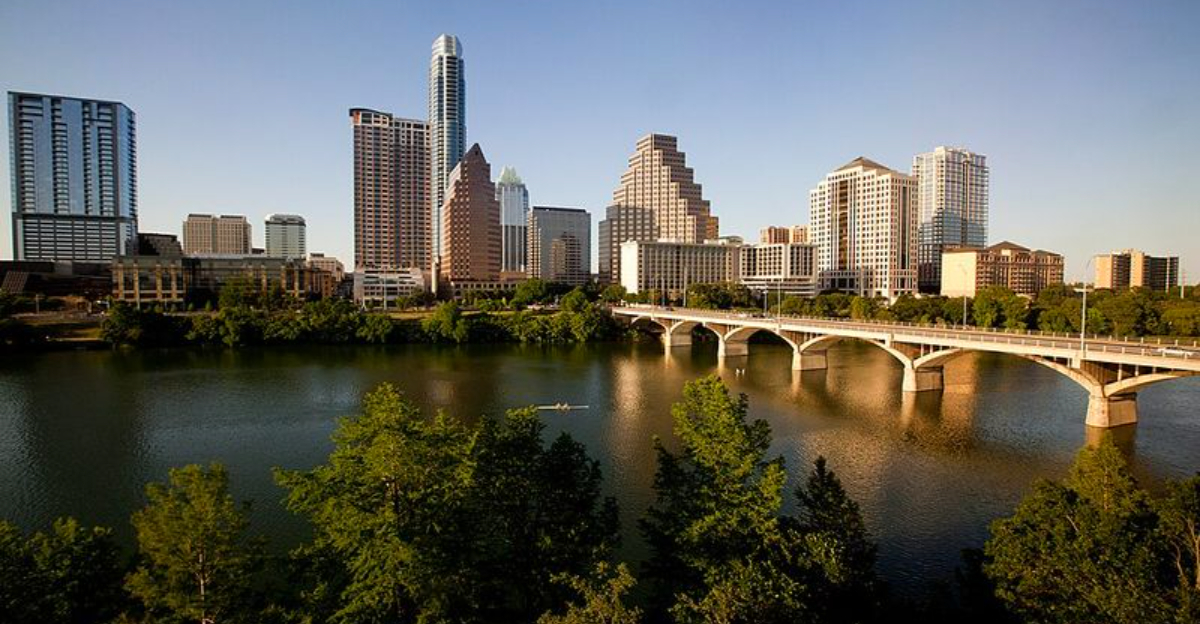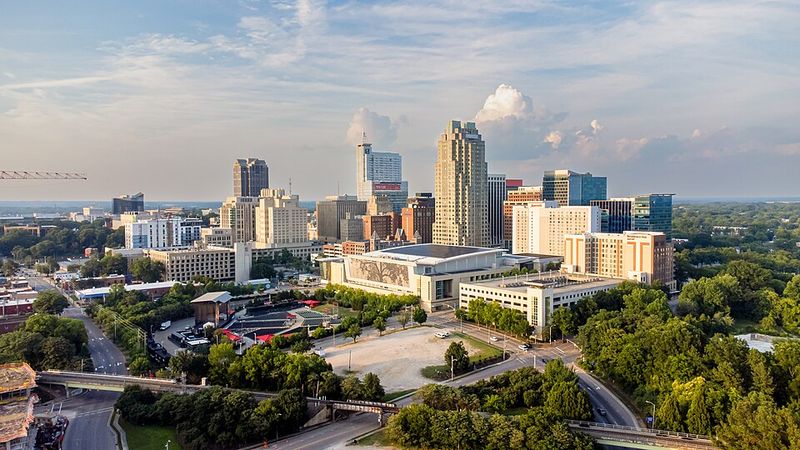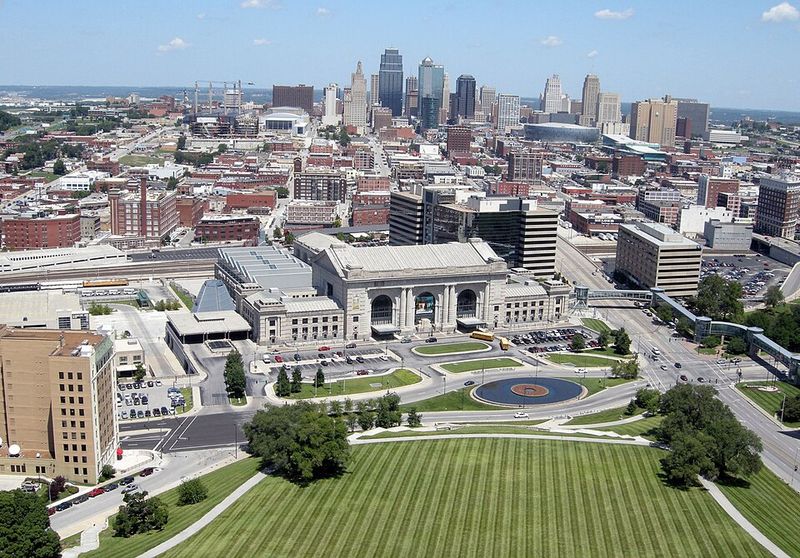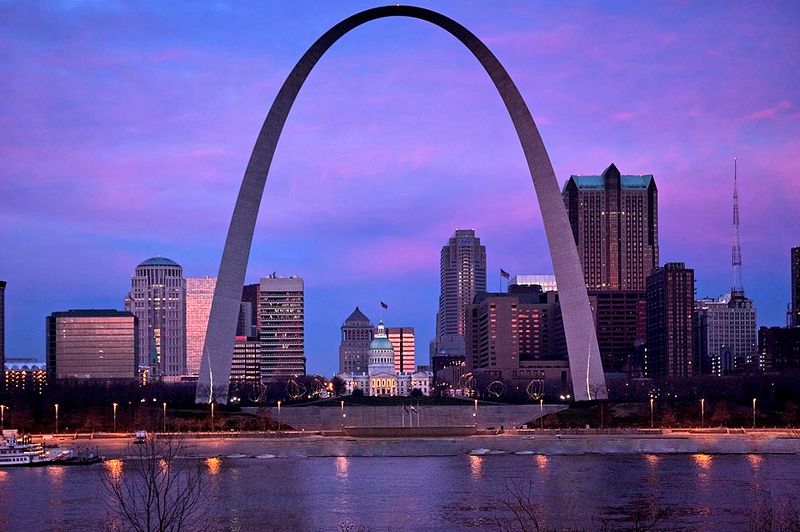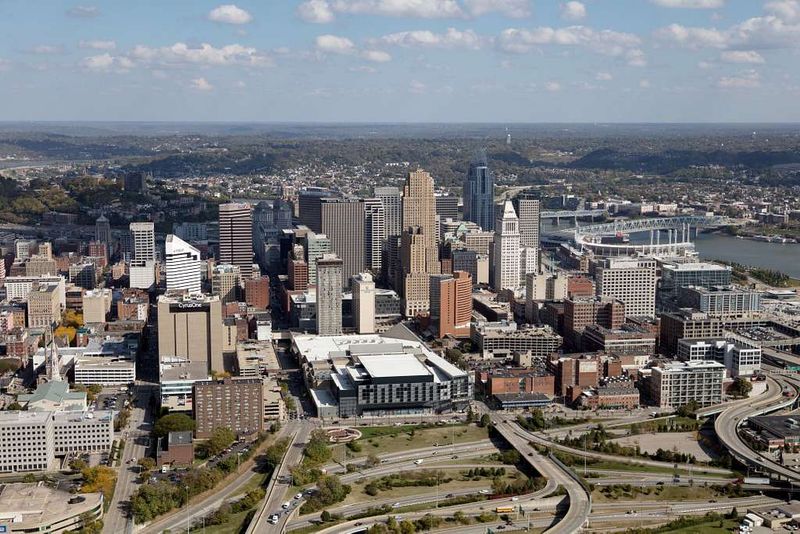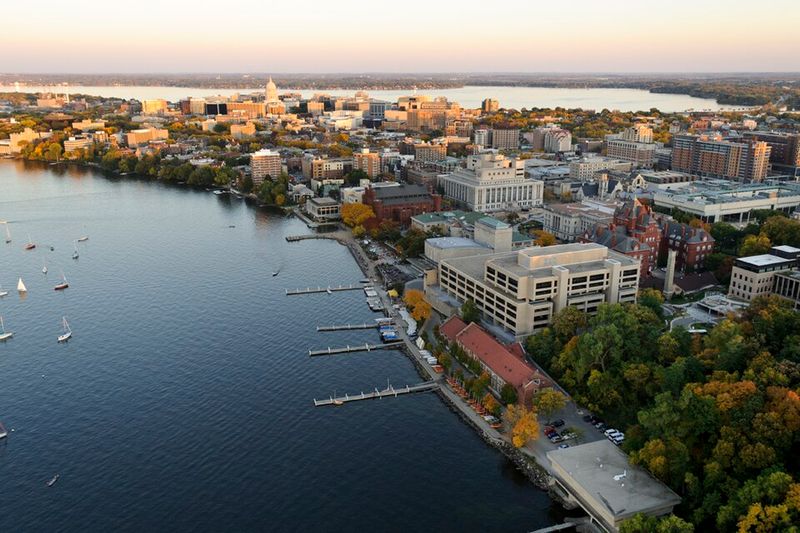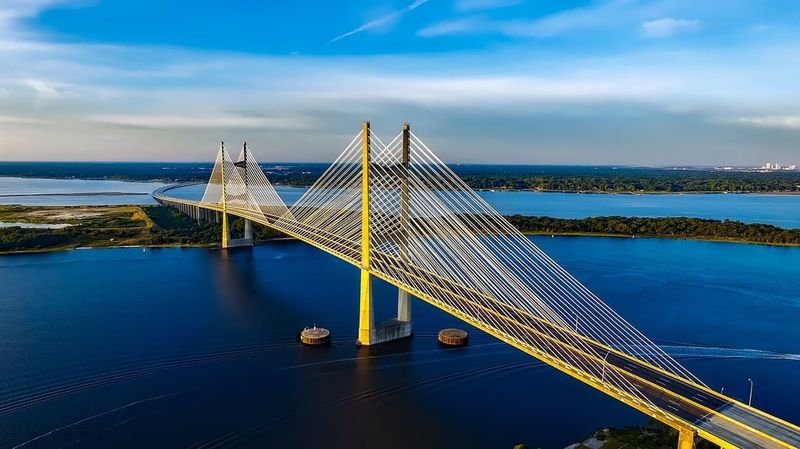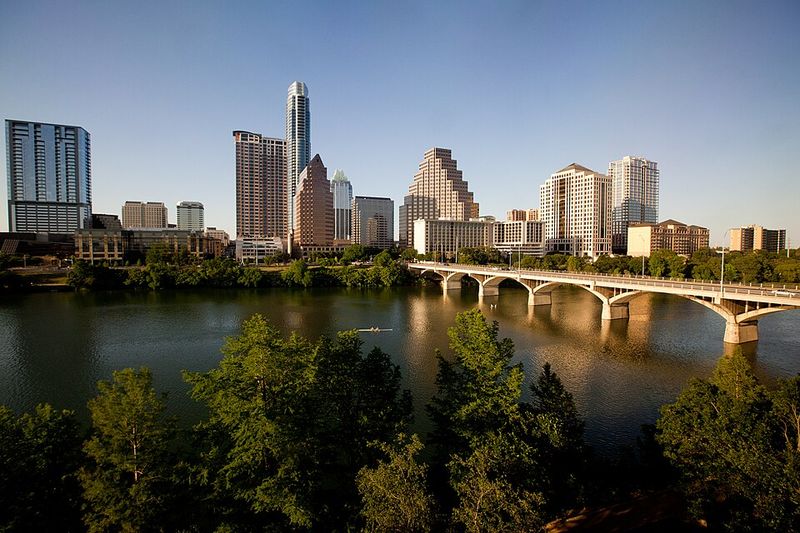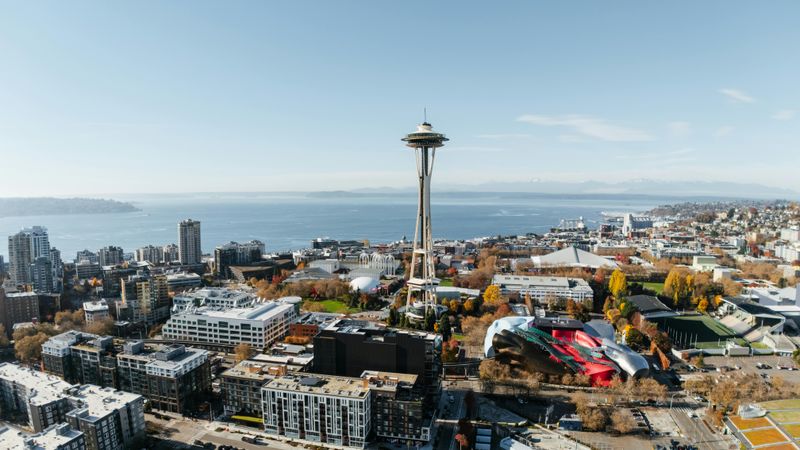Finding the perfect place to call home means looking beyond just jobs and weather. Quality of life includes safety, healthcare, affordability, things to do, and how easy it is to get around. These nine American cities have earned top marks for offering their residents a balanced, comfortable lifestyle that makes everyday living enjoyable.
Raleigh, North Carolina
Taking the number one spot, Raleigh shines because it brings together so many good things in one place. The Research Triangle gives residents access to cutting-edge technology companies, respected universities, and constant innovation happening right in their backyard.
Healthcare facilities are top-notch, commute times stay manageable, and the climate offers four seasons without extremes. Parks dot the landscape, giving families plenty of outdoor options.
Housing costs remain reasonable compared to coastal cities, making it easier for people to afford a comfortable lifestyle. Cultural events, museums, and restaurants round out the experience, creating a city that feels both modern and livable without overwhelming residents with big-city chaos.
Portland, Oregon
Claiming second place, Portland attracts people who want nature and city life blended seamlessly together. Bicycle lanes crisscross the entire metro area, making car-free living actually possible for many residents.
Riverfront trails wind through neighborhoods, connecting parks that feel more like forests than manicured lawns. The food scene explodes with creativity, from food trucks to fine dining, all emphasizing local ingredients.
Progressive policies shape everything from transportation to environmental protection. Yes, housing costs have climbed and affordability challenges exist, but many Portlanders gladly accept those tradeoffs. The walkable neighborhoods, eco-conscious culture, and outdoor recreation opportunities right at the city’s doorstep create a lifestyle that keeps people rooted despite the expenses.
Kansas City, Missouri
Kansas City lands at number three, proving you don’t need ocean views to enjoy exceptional quality of life. Housing affordability stands out immediately—families can actually buy homes without draining every penny from their savings accounts.
The arts scene has exploded in recent years, with galleries, performance spaces, and street art transforming formerly quiet neighborhoods into cultural destinations. Green spaces provide breathing room throughout the metro area.
Being positioned in America’s heartland offers practical advantages too: traveling to either coast becomes easier, and businesses benefit from central distribution points. Barbecue joints and jazz clubs remind visitors of the city’s deep cultural roots, while new developments show Kansas City constantly evolving without losing its midwestern character and welcoming spirit.
Saint Louis, Missouri
Did you know Saint Louis offers free admission to some of America’s best museums? That’s just one reason this city ranks fourth for quality of life.
The Gateway Arch symbolizes the city’s historic importance, but modern revitalization projects along the riverfront show Saint Louis looking forward. World-class institutions celebrate music history, science, and art without charging entrance fees, making culture accessible to everyone.
Midwestern living costs mean paychecks stretch further here than in many comparable metros. Some neighborhoods face real challenges, but ongoing investment and community efforts show promise. Deep roots in American history give Saint Louis character that newer cities can’t replicate, while renovation projects breathe new energy into historic districts that once seemed forgotten.
Cincinnati, Ohio
Rolling hillsides tumbling down to the Ohio River give Cincinnati a geography that makes it instantly recognizable. This fifth-ranked city combines old-world charm with modern amenities in ways that surprise first-time visitors.
Over-the-Rhine, once neglected, now thrives as a historic district filled with restaurants, breweries, and beautifully restored buildings. Housing prices remain reasonable, letting families afford homes with character and space.
Strong hospitals and universities anchor the local economy while providing excellent services. The city feels substantial—big enough to offer professional sports, concerts, and diverse dining options, yet small enough that traffic rarely becomes a nightmare. That sweet spot between urban energy and manageable scale makes Cincinnati appealing to young professionals and established families alike.
Madison, Wisconsin
Imagine a city built on a narrow strip of land between two sparkling lakes—that’s Madison, ranking sixth for quality of life. The University of Wisconsin brings intellectual energy, research opportunities, and a constant stream of cultural events to this capital city.
Bike trails connect neighborhoods to campus, downtown, and lakeshores, making cycling a year-round transportation choice for hardy Wisconsinites. Progressive policies on everything from education to sustainability reflect the values of residents who care deeply about community.
Students, families, and professionals all find their niche here. The natural setting provides endless recreation—sailing in summer, ice fishing in winter—while urban amenities ensure nobody feels isolated. Madison proves that smaller metros can deliver big-city opportunities without sacrificing the quality outdoor time that keeps people balanced and happy.
Jacksonville, Florida
Sprawling across more land than any other U.S. city, Jacksonville claims seventh place by offering residents serious elbow room. Nature reserves, beaches, and waterways break up neighborhoods, giving the metro area a less congested feel than many Florida cities.
Housing affordability stands out as a major advantage—families can find space and yards without astronomical mortgages. The Atlantic coast provides beach access, while inland areas offer suburban quiet.
Jacksonville may not top lists for cultural attractions, but its size and diversity create pockets of every lifestyle imaginable. Warm weather year-round appeals to people tired of shoveling snow, and the growing economy brings job opportunities across multiple sectors. The combination of coastal access, affordable living, and room to breathe makes Jacksonville quietly compelling for quality-conscious residents.
Austin, Texas
“Keep Austin Weird” isn’t just a slogan—it captures the quirky spirit of this eighth-ranked city. As Texas’s capital and a booming tech hub, Austin pulls people in with job opportunities and keeps them with live music pouring from venues every night of the week.
Warm weather enables outdoor activities year-round, from kayaking on Lady Bird Lake to hiking greenbelt trails. Food trucks, barbecue joints, and innovative restaurants create a dining scene that rivals much larger cities.
The tradeoffs? Traffic has worsened as population explodes, and housing costs have skyrocketed beyond what longtime residents remember. Rapid development changes neighborhoods faster than some people prefer. Still, Austin’s energy, creativity, and economic vitality convince many that the challenges are worth enduring for the vibrant lifestyle this city delivers.
Seattle, Washington
Rounding out the top nine, Seattle offers a lifestyle where mountains meet ocean and coffee culture runs deep. Tech giants anchor the economy, creating high-paying jobs that attract talent from across the globe.
Puget Sound sparkles in the foreground while mountain ranges frame the horizon, giving residents stunning natural beauty in every direction. Museums, theaters, and music venues provide cultural richness that matches the outdoor opportunities.
Healthcare facilities rank among the nation’s best. The challenges are real—housing costs have climbed dramatically, traffic congestion frustrates commuters, and gray skies dominate winter months. Yet many residents accept these difficulties because Seattle delivers something special: a combination of career opportunities, natural splendor, and urban sophistication that few cities can match. The Pacific Northwest lifestyle keeps people anchored despite the rain and expenses.
